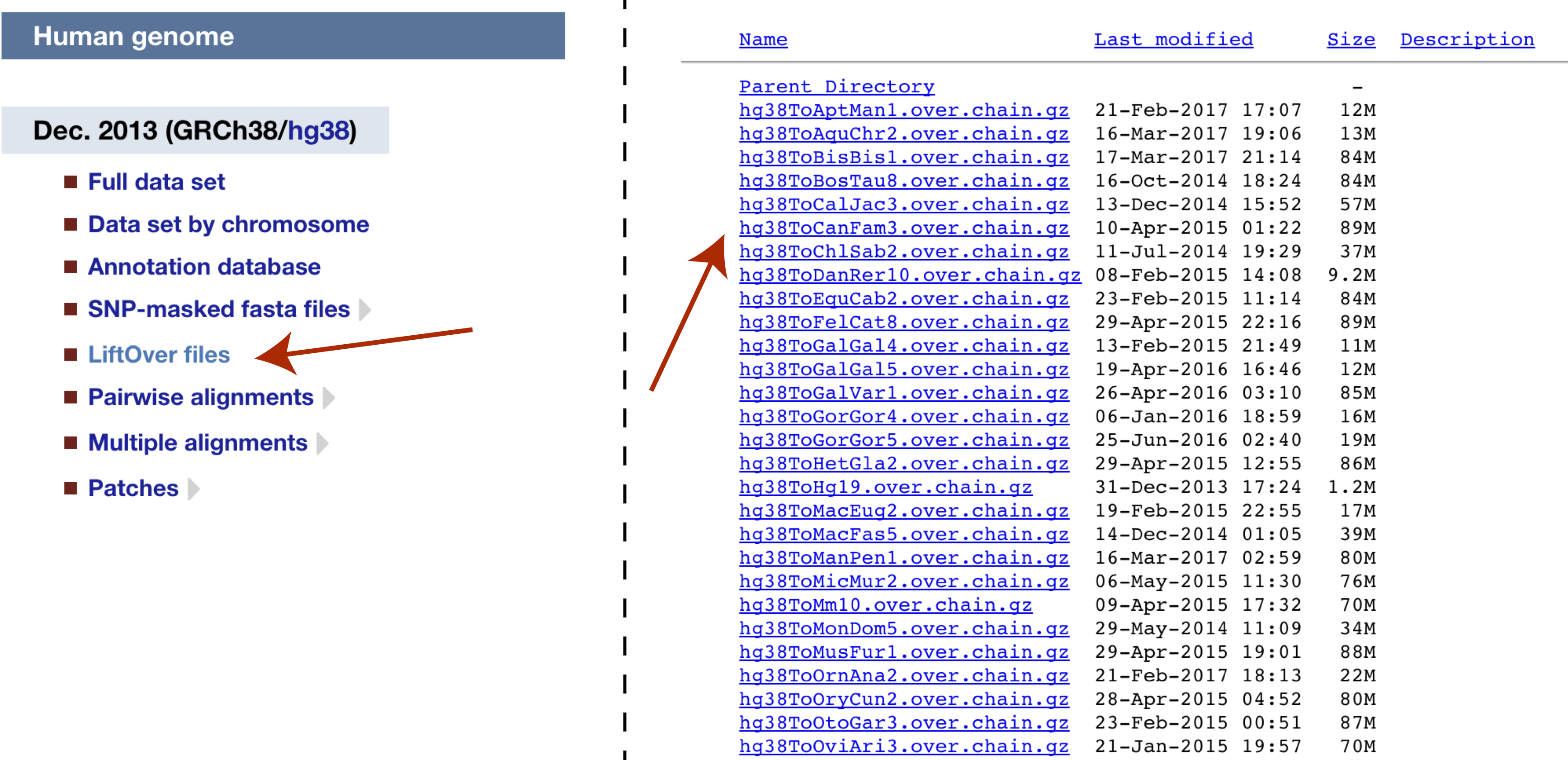This article has been cited by other articles in PMC. The package is freely available from http: The rtracklayer package supports the integration of existing genome browsers with experimental data analyses performed in R. The software consists of two orthogonal but integrated components: The final step in this example is to display a view around the target site associated with the most upregulated gene, DCN, encoding a glycoprotein thought to regulate muscle formation. 
| Uploader: | Arashigal |
| Date Added: | 5 October 2017 |
| File Size: | 70.28 Mb |
| Operating Systems: | Windows NT/2000/XP/2003/2003/7/8/10 MacOS 10/X |
| Downloads: | 32723 |
| Price: | Free* [*Free Regsitration Required] |
The package is driven at the command-line, and is meant for users familiar with the R language. The GenomeGraphs package draws genomic annotations using static R graphics. We wish to display the entire track, along with some context on either side.

The software consists of two orthogonal but integrated components: The human genome browser at UCSC. To reproduce this, enter demo targets in R after loading rtracklayer.
However, it could serve as a basis for GUI.
rtracklayer
We will now visually explore the genomic annotation space around the differentially expressed genes that are thought to be microRNA targets.
Rtracklajer part of the Bioconductor project, rtracklayer aims to integrate genomic visualizations with experimental data analysis. In preparation for creating the microRNA target track, we first used a number of Bioconductor packages to detect the genes in the microarray experiment with significantly increased expression.
All displayed annotations must be downloaded and stored on the local machine. We have demonstrated that rtracklayer is an effective tool for manipulating and visualizing genomic annotations in the context of experimental data analysis. The genomic visualization produced by the UCSC genome browser by the rtracklayer example.
The user may then fully interact with the browser; its behavior is the same as when accessing rtracklater directly. The package is freely available from http: The rtracklayer package supports the integration of existing genome browsers with experimental data analyses performed in R. Published online May As rtracklayer is extensible, we plan to implement support for additional browsers.
The interface has two primary rtracklauer Articles from Bioinformatics are provided here courtesy of Oxford Rracklayer Press. The final step in this example is to display a view around the target site associated with the most upregulated gene, DCN, encoding a glycoprotein thought to regulate muscle formation.
From such an overview, the analyst might make inferences across genomic information sources. The browserSession instance serves as a container of tracks, as well as an interface for creating views of specific segments of the genome.
rtracklayer: an R package for interfacing with genome browsers
Information about the target sites on differentially expressed genes was stored in the data. The rest of this article will demonstrate the features of rtracklayer on a microarray dataset from a larger research project investigating the regulation of human stem cell differentiation by microRNAs.
As an aside, we could export the track as a WIG file for use in other rtrcklayer, then read it back into R. This last command opens a web browser and loads the UCSC genome browser, with a view resembling the one in Figure 1.
Here, only the data in the currently viewed region are retrieved; more control is provided by the track function.
National Center for Biotechnology InformationU. Below, we create an equivalent RangedData track. This article has been cited by other articles in PMC. Open in a separate window. Support Center Support Center. Browser Extended Display Format. These regions may be represented by a collection of genomic annotations known as a trackwhich is viewable in a genome browser.

Comments
Post a Comment